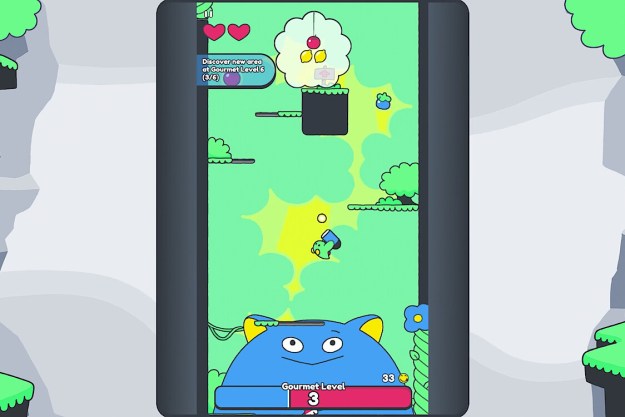As of 12:01 a.m. Friday, the strike of the Actors Guild-American Federation of Television and Radio Artists officially began. Union members picketed publisher Electronic Arts on Monday, October 24, but officially it all began a few days before.
Citing several issues related to both safety and monetary compensation, the organization more commonly known as the SAG-AFTRA will be preventing its members from performing in any video game that started its production after February 17, 2015, for a number of major companies.
The full list of picketed developers and publishers is: Activision Publishing, Blindlight, Corps of Discovery Films, Disney Character Voices, Electronic Arts Productions, Formosa Interactive, Insomniac Games, Interactive Associates, Take 2 Interactive Software, VoiceWorks Productions and WB Games.
“Video games have grown into a multibillion-dollar industry where the top titles earn more than even the highest-grossing blockbuster movies, yet the Interactive Media Agreement, uniquely among our contracts, does not provide for a residual or any other form of back-end compensation,” the strike notice states.
Although the desire to maintain secrecy can be understood, given that employees and contractors at developers have been known to let slip major developments, the voice actors’ demand to know where their voices will eventually end up can equally be understood. This is especially true given that they are required to sign non-disclosure agreements.
The notice also lists “transparency” as an issue, with companies “routinely” hiring actors “without identifying basic information about the nature of the performance that will be expected of them.”
It’s certainly possible that not all voice actors would want to lend their vocal talents to games involving violence or adult themes. Strikers want to make sure that doesn’t happen in the future.
Actors’ health concerns, relating to their voices and otherwise, have also been placed on the table. The strike demands that “vocally stressful sessions” — specifically where actors are screaming, simulating deaths, or grunting — be limited to two hours and paid at a four-hour rate. Though the Interactive Media Agreement already requires a stunt coordinator be present as dangerous shoots, this is also reiterated in the notice.
“The video game employers we are striking continue to operate under the terms of an agreement structured more than twenty years ago for an industry that was only beginning to utilize professional performance,” the strike notice states. “Since then, games have evolved to provide increasingly immersive and cinematic experiences that compete with television and theatrical motion pictures for consumer dollars.”
Games that went into production before the aforementioned date will not be struck, and voice actors, singers, and motion-capture performers are free to work on them. Given the long development time associated with contemporary AAA games, this could mean that consumers wouldn’t see the effects of the strike for a considerable period of time. A vote to authorize the guild to strike was held last September, with more than 96 percent of its members agreeing to strike.
On Thursday, October 20, a day before the strike was scheduled to begin, the video game publishers and developers, acting under “Interactive Video Game Companies,” made what they termed their “final offer” to SAG-AFTRA. This would give union members an “immediate” 9-percent wage hike should it be ratified by December 1. The offer also includes up to $950 in extra wages per game “based upon the number of sessions a performer works on a particular game.” The contract would last for three years, and includes no payment based on a game’s performance.
Originally published in October, 2016. Gabe Gurwin contributed to this report. Updated on 10-25-16 by Jon Martindale: Grievances and reasons for strike added, along with list of boycotted companies.
Editors' Recommendations
- Don’t miss this great sci-fi RPG while it’s free on the Epic Games Store
- For Microsoft, indies aren’t Game Pass extras. They’re the future of Xbox
- Video game voice actors are poised for a strike after successful SAG-AFTRA vote
- Don’t miss this free Epic Games Store gem from the creators of Fall Guys
- It’s the last day of Nintendo’s April Indie Sale — don’t miss these 7 great games


